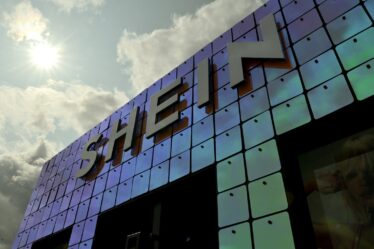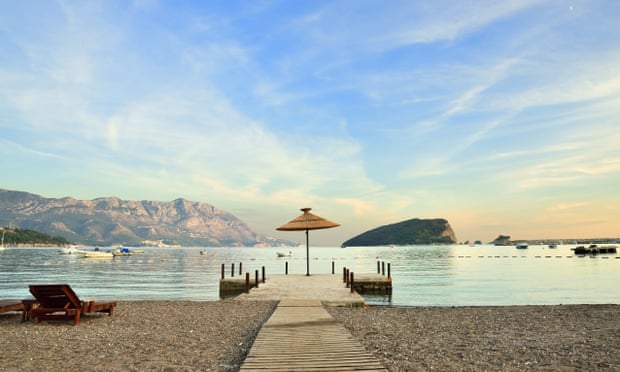
Montenegro
With the Adriatic to the south and mountain ranges in the north, Montenegro is an easy place to combine a beach break with a more active holiday. The beach scene is centred on the medieval walled city of Budva, which has a 22-mile strip of sandy and pebbly coastline. Lake Skadar, southern Europe’s biggest, is about an hour’s drive away, perfect for boating among water lilies and Dalmatian pelicans.
Fjord-like, Unesco-listed Bay of Kotor, encircled by mountains, is unmissable. There are several medieval towns, numerous churches and monasteries around its shores; from baroque Perast, sightseers can visit the islet of Our Lady of the Rocks. In Kotor town, 1,355 steps lead to the Sveti Ivan fortress, with spectacular views.
Heading north, sights include the mountain-top mausoleum of 19th-century ruler Petar II Petrović-Njegoš; Cetinje, the former capital; and the Ostrog Monastery, built into a cliff. Durmitor national park, with its forests, lakes and mountains, is the ultimate destination for outdoor adventure. Zabljak, highest town in the Balkans (1,456 metres), is a good base. Visitors can zipline across the 1.3km-deep Tara Canyon; go white-water rafting on the Tara river; swim in the Black Lake; or brave wolves and bears as they hike 25 marked trails.
Kosovo
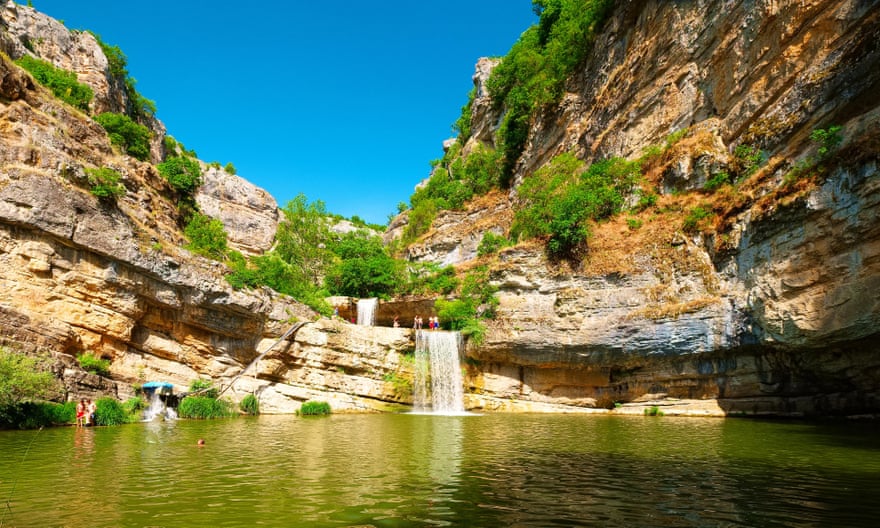
Kosovo declared independence from Serbia in 2008 and remains a largely undiscovered tourist destination for Britons, who perhaps still associate it with the year-long war in 1998. But today it is a safe place to travel, with few crowds and low prices. Landlocked Kosovo comprises two major plains surrounded by mountains with 50 peaks over 2,000 metres. That means great hiking, horse riding and skiing. With no sea, swimming in natural pools is popular: the Mirusha Waterfalls have canyons, caves and 13 lakes. There is a lively nightlife scene in Pristina, the capital, and in the second city Prizren. It’s partly thanks to this Balkan state having the youngest population in Europe – more than 65% of people are under 30. The two cities also have many mosques, museums and monuments, including Pristina’s Emin Gjiku ethnographic museum and the Newborn monument, unveiled for independence and painted in a different style every year.
Elsewhere, top sights include four Unesco-listed monasteries and churches – Dečani, Peć, Gračanica and Ljeviš; the Bear Sanctuary, home to European brown bears rescued from captivity by the charity Four Paws; and Gadime Cave, full of crystallised stalagmites and stalactites.
Slovenia
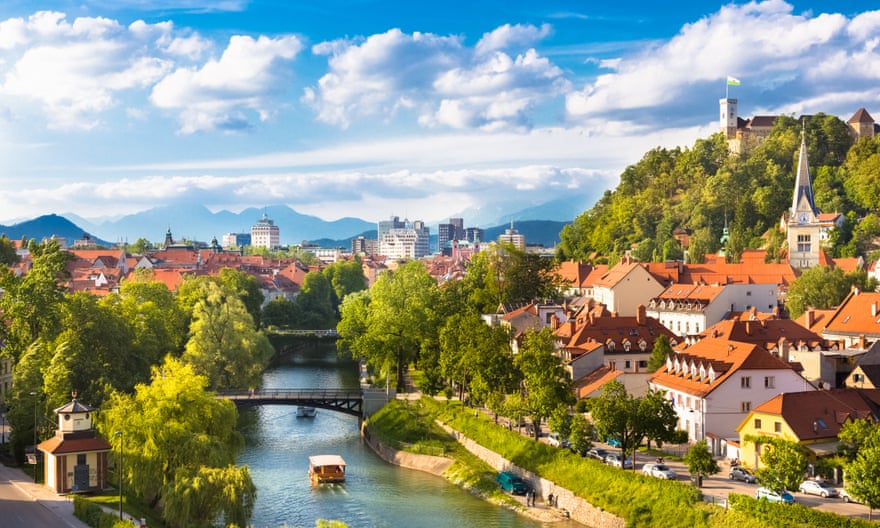
Slovenia has a charming capital city; mountains, lakes and forests; fine wines; and even a short stretch of coastline. Ljubljana, the compact capital, is built around the river Ljubljanica, with baroque and Habsburg buildings on both banks. A glass of wine on a riverside terrace is hard to beat, but the city also has a hilltop castle, art galleries, theatres and museums (featuring Europe’s only complete mammoth skeleton at the Museum of Natural History), iconic 20th-century architecture by Slovene Jože Plečnik, and wooded Tivoli Park.
In the north-west of the country, the top sights are the spectacular Lakes Bled and Bohinj in the Julian Alps. On the other side of the mountains, the less-visited Soča Valley offers hiking, rafting and kayaking in summer, and skiing and snowboarding in winter.
Heading south, must-visits include the Postojna and Škocjan caves, and Predjama Castle, built into a cave mouth. Piran is the postcard town on the coast, with Italianate architecture reflecting centuries of Venetian rule.
East Slovenia is wine country – lively Maribor, the second city, boasts the world’s oldest vine – and is a good choice for a farm stay. Ptuj, the oldest town in Slovenia, is a pretty place for a day trip.
Bosnia and Herzegovina
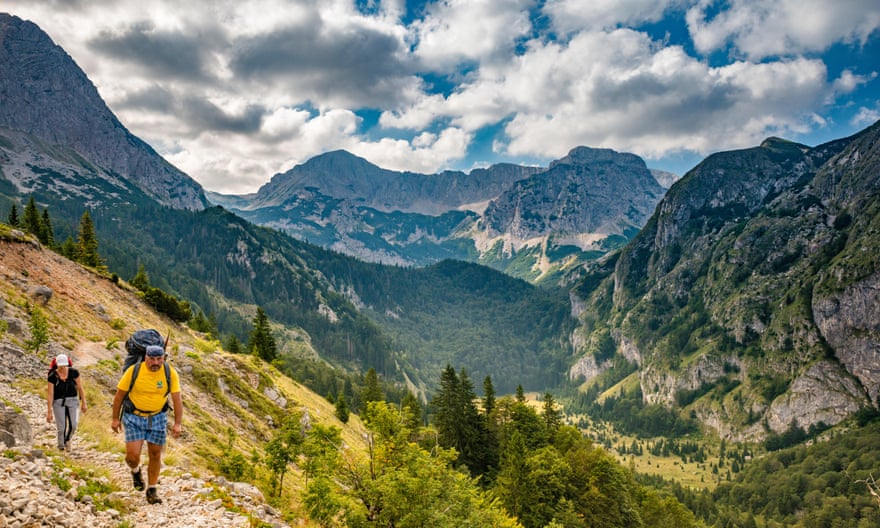
Another country associated with 1990s warfare, Bosnia and Herzegovina is back on the backpacker trail. The capital, Sarajevo, has been likened to a miniature Istanbul or Jerusalem, with its old town, Baščaršija, full of bazaars, mosques and restaurants. But recent history hasn’t been forgotten: the Historical Museum and Tunnel Museum both tell the story of the four-year siege that killed 10,000 people in the 1990s.
Mostar, in the south, is the second-biggest draw, famed for its beautiful Old Bridge – visitors can pay to dive off it if they dare. Less touristy (and longer) is Arslanagić Bridge in the pretty town of Trebinje in the far south-west. Other notable towns include Travnik, the former Ottoman capital, and Jajce, with a spectacular waterfall.
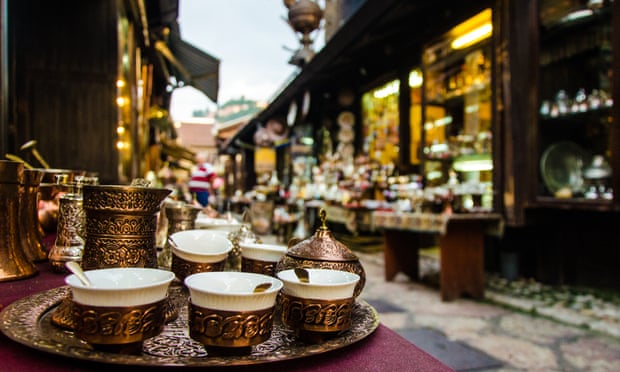
White-water rafting is popular from March to October; one of the best rafting regions is around the town of Bihać, handy for the rapids of the Una river. Other active options include multi-day hikes in the Sutjeska national park, overnighting in mountain huts, and the 10-day TransDinarica mountain biking trail from Mostar to Sarajevo. Riders stay in B&Bs and homestays and eat homegrown food. In winter, there is affordable skiing in the Bjelašnica and Jahorina mountains south of Sarajevo.
North Macedonia
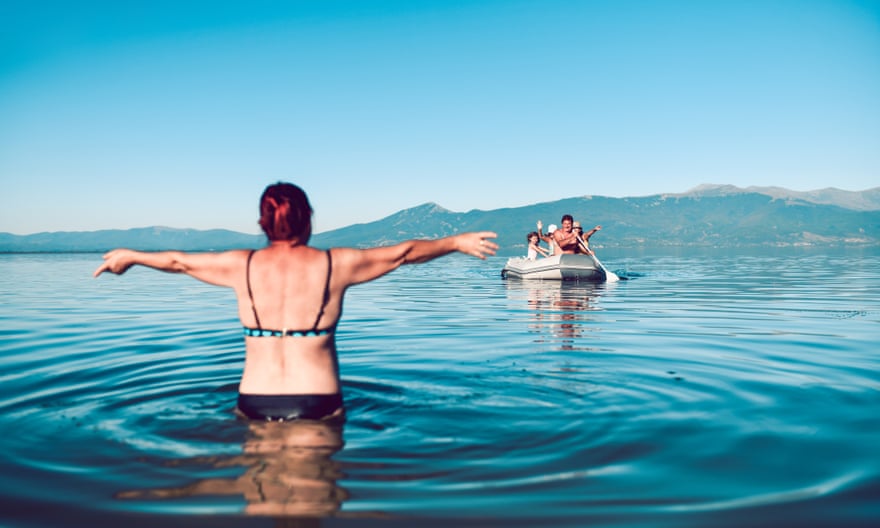
North Macedonia – so-called since 2019 – is a mountainous but green Balkan state. While it may be landlocked, it is blessed with lakes: most famously Ohrid, one of Europe’s oldest and deepest, but also Prespa, Dojran and more than 50 smaller glacial lakes.
Unesco-listed Lake Ohrid is the top attraction, surrounded by ancient monasteries, beach bars and seafood restaurants. Activities include lakeside cooking classes, e-biking, boat trips and paragliding. The town of the same name is full of churches and monuments, and dotted along the lake are picturesque fishing villages.
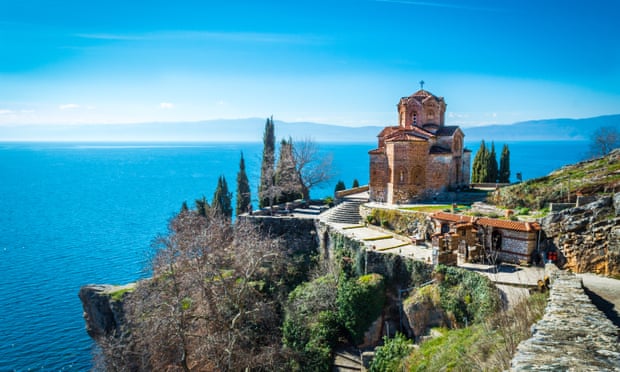
Skopje, the capital, is less immediately appealing, but retains a Byzantine fort and an Ottoman centre, plus modern additions such as the Museum of Contemporary Art. Mavrovo national park, on another lake and home to bears, wolves and lynx, offers hiking, biking, horse riding and swimming in the summer, and skiing in the winter. It’s also home to the picturesque, 11th-century Sveti Jovan Bigorski monastery. The other national parks are Galičica, found between lakes Ohrid and Prespa, and Pelister, a mountain with two glacial lakes.


